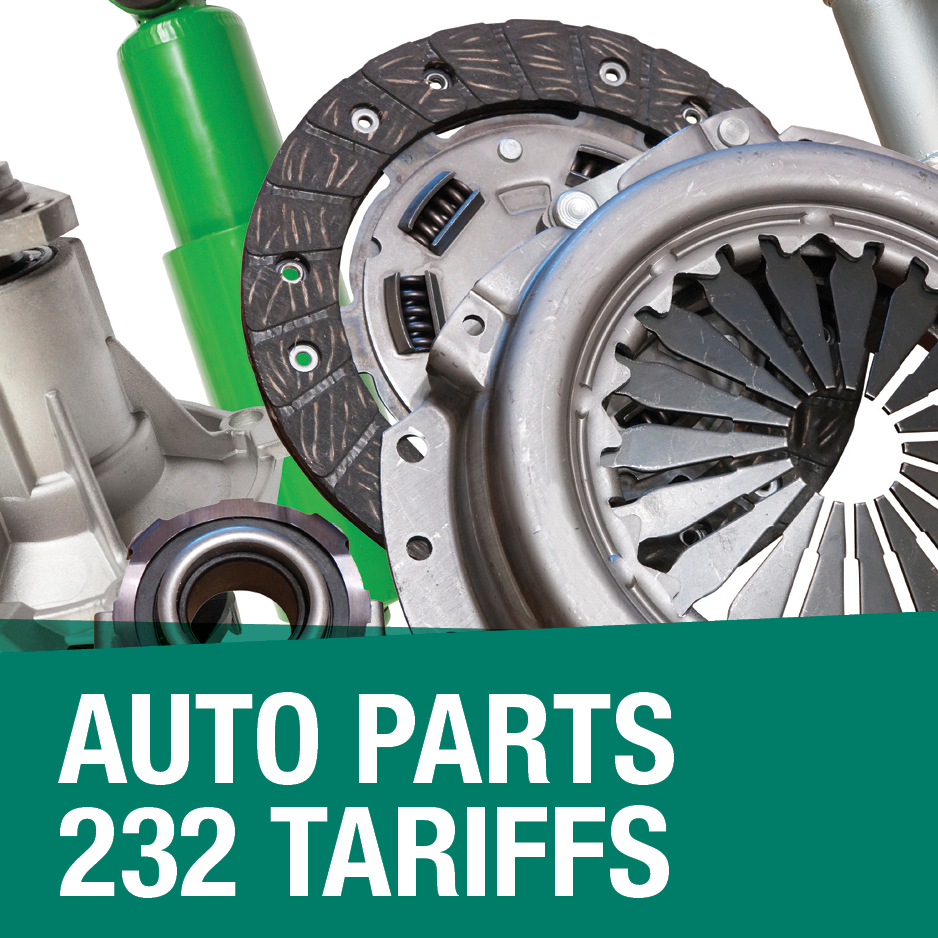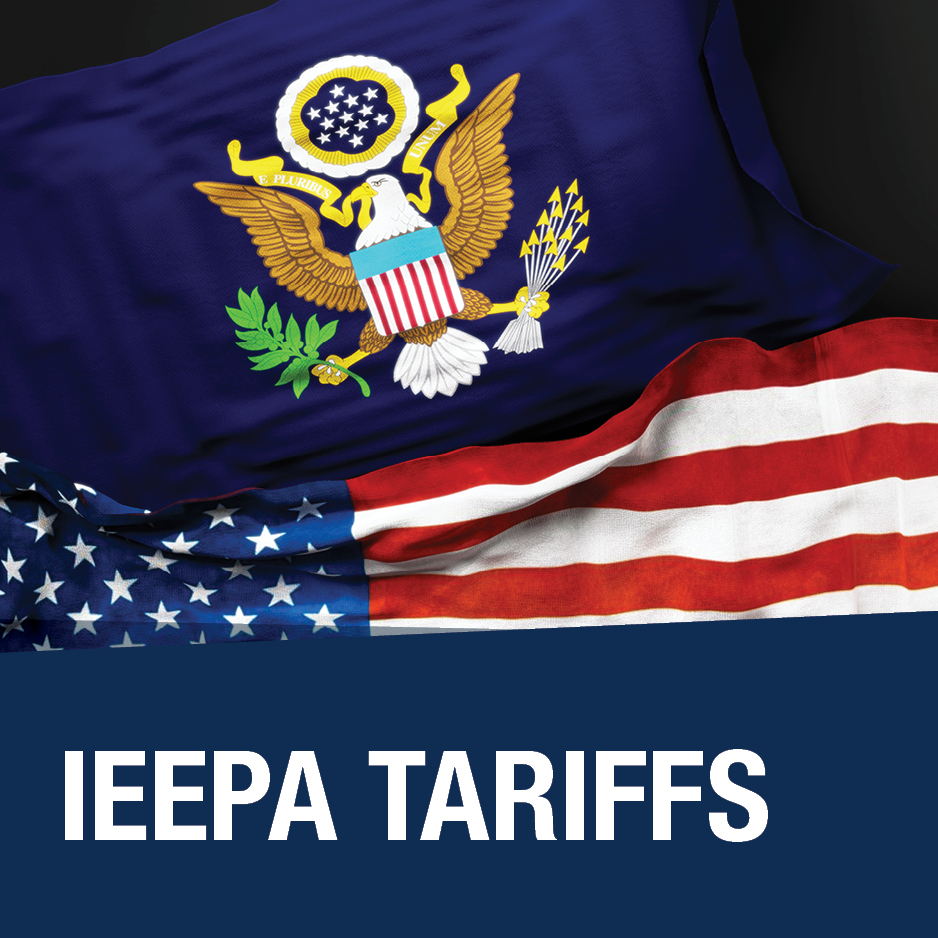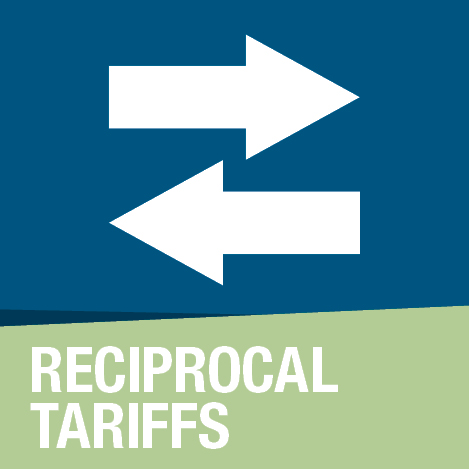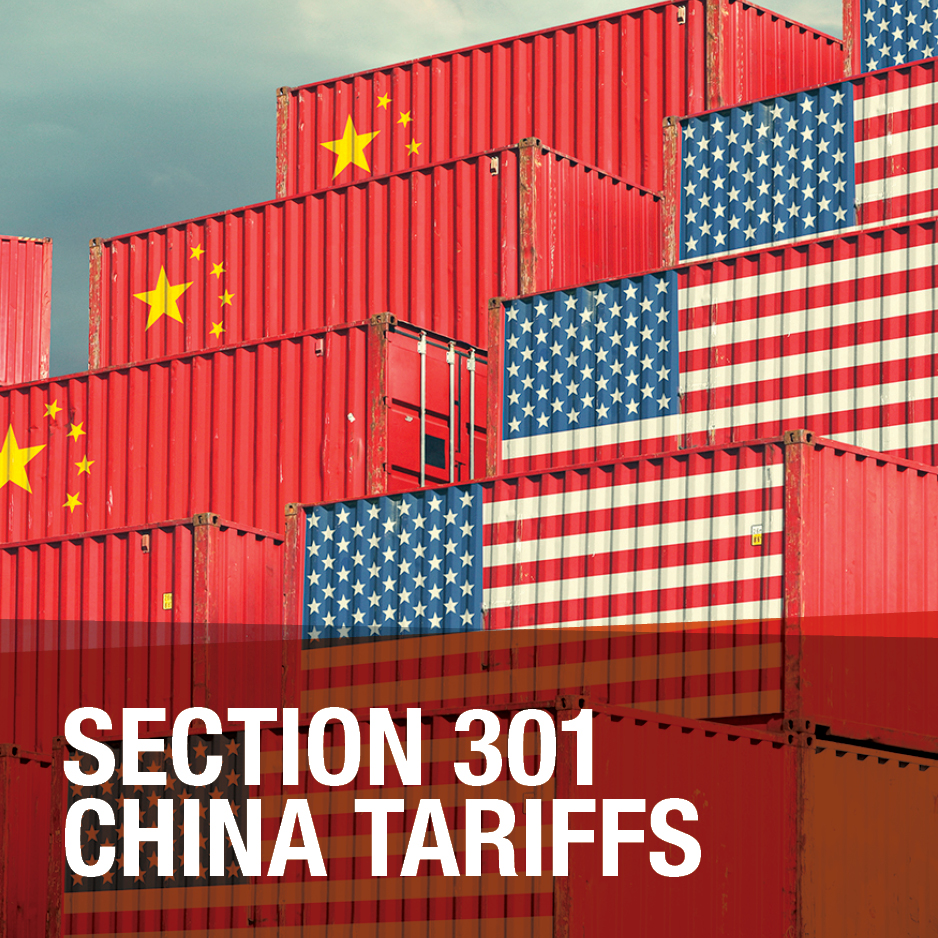
Tariffs and Trade
Tariffs & Trade Impacting the Automotive Aftermarket Latest News
The Auto Care Association is actively monitoring this evolving situation and will provide updates as new information emerges. Check this page regularly for the latest developments.
Member-only Resource
Auto Care Tariff Calculator
Use our tariff calculator to help you identify which recent U.S. tariffs may apply cumulatively to your products.
See CalculatorHas your business been impacted by Tariffs?
We welcome your feedback to help us better understand and assess the impact of these tariffs on our industry and businesses. Please share with us by contacting Angela Chiang, director, international affairs, at angela.chiang@autocare.org.
Share Your Impact StoryCurrent Status
On March 26, 2025, President Trump issued a proclamation imposing a 25% tariff on imports of automobiles (effective April 3, 2025) and certain automobile parts (tentatively effective May 3, 2025).
Current Status
Effective March 7, 2025, imports from Canada and Mexico that meet USMCA rules of origin are exempt from the additional IEEPA duties. Imports that do not satisfy USMCA rules of origin are subject to a 25% tariff rate. Energy products from Canada and potash from Mexico and Canada are subject to a reduced tariff rate of 10%.
Effective March 4, 2025, imports from China are subject to a 20% tariff rate, an increase from a 10% tariff rate that went into effect on Feb. 4, 2025.
Note that many products imported from Canada and Mexico were already duty-free under MFN rates, making USMCA declarations unnecessary. Under the new policy, importers must document and ensure USMCA compliance (if eligible) to be exempt from the IEEPA tariffs. Otherwise, the 25% IEEPA tariff would apply.
Current Status
On April 1, 2025, President Trump issued an Executive Order under the International Emergency Economic Powers Act (IEEPA) to establish a 10% baseline tariff and country-specific reciprocal tariffs on imported goods.
On April 9, 2025, President Trump issued an order delaying the country-specific reciprocal tariffs effective April 10, 2025. The country-specific reciprocal tariffs originally went into effect on April 9, 2025 and will be suspended for 90-days, after which the country-specific rates in Annex I will apply.
The baseline 10% tariff remains in effect for all products from all countries during this time, except for products that are covered by the exemptions listed in the original order (see below).
However, the 90-day pause does not apply to China due to their retaliatory tariffs on U.S.-origin goods. China's reciprocal tariff rate has increased from the original 34% to 84% and now to 125%. This applies to goods entered for consumption, or withdrawn from warehouse for consumption, on or after 12:01 a.m. EDT on April 10, 2025.
Current Status
As of March 12, 2025, the expanded Section 232 tariffs on steel and aluminum are now in effect. All imports of steel and aluminum are subject to a 25% tariff, and previous country exemptions and tariff-rate quotas have been eliminated.
The tariffs also apply to certain derivative products based on the steel and aluminum content. The product exclusion process has been terminated, meaning previously approved exclusions are no longer valid.
Current Status
The Section 301 China tariffs implemented in 2018-2019 remain in effect, with most tariff rates unchanged since their initial implementation. While some product exclusions have been extended, the majority have expired, except for a limited set scheduled to expire on May 31, 2025.
Additionally, a new 20% tariff on imports from China was imposed under IEEPA, taking effect on Mar. 4, 2025.
Trade and Tariffs Update: April 28, 2025
Recent tariff measures now require supply chains to maintain a higher level of data granularity, including detailed information on inputs and production. Importers must be prepared to document and support value content declarations with a level of specificity that may not have been previously required.
We encourage members to consult with their customs broker or trade counsel for further guidance and to ensure compliance with all applicable tariff programs.
Auto Care Association Launches Tariff Calculator
The Auto Care Association has launched a new tariff calculator, now available exclusively for Auto Care members. This tool is designed to help you identify which recent U.S. tariffs may apply cumulatively to your products, including:
- Section 301 Tariffs on China
- International Emergency Economic Powers Act (IEEPA) Tariffs
- Reciprocal Tariffs
- Section 232 Tariffs on Auto Parts
- Section 232 Tariffs on Steel and Aluminum
The calculator will guide you through a step-by-step process to determine potential tariff exposure based on stacking rules, exemptions and product-specific considerations.
Access the Tariff CalculatorNew Section 232 Investigation: Medium- and Heavy-Duty Trucks and Parts
On April 24, 2025, the U.S. Department of Commerce initiated a new national security investigation under Section 232 of the Trade Expansion Act of 1962 into imports of medium-duty trucks, heavy-duty trucks, and related parts and derivative products.
Scope of Investigation:
- Medium-duty trucks: trucks with a gross vehicle weight of more than 10,000 and under 26,001 pounds.
- Heavy-duty trucks: trucks with a gross vehicle weight rating of 26,001 pounds or more.
- Medium- and heavy-duty truck parts: components and systems, including engines and engine parts, transmissions and powertrain parts, and electrical components.
Request for Public Comments:
The Commerce Department is seeking written comments from interested parties on issues including:
- Domestic demand for trucks and parts
- Reliance on foreign supply chains
- Risks from import concentration
- Effects of foreign subsidies and unfair trade practices
- Expansion of U.S. production capacity
- Whether additional measures are necessary to protect national security
A full list of issues under review can be found in the Federal Register notice linked below.
Member Feedback
We encourage members who are impacted by potential tariffs or other trade actions on medium- and heavy-duty vehicles and parts to provide feedback to the Auto Care Association for inclusion in our industry comments. We also encourage members to submit their own comments so that individual business impacts are fully represented in the public record.
The deadline for written comments is May 16, 2025.
Contact UsInvestigation Notice
Section 232 Tariffs on Auto Parts Go Into Effect May 3; Possible Modification Under Consideration
As a reminder, the 25% Section 232 tariff on auto parts is scheduled to go into effect on May 3, 2025. The tariff applies to parts for passenger vehicles and light trucks, as listed in Annex I (pages 11–12) of the Federal Register notice.
- Parts qualifying under USMCA rules are currently exempt, pending a future notice establishing how tariffs will be applied to only the non-U.S. content.
- Products for heavy-duty vehicle applications are not included in the Section 232 tariffs on auto parts.
Possible Modification:
According to news reports, the administration is considering possible adjustments to the auto parts tariffs before the May 3 effective date. No official changes have been announced at this time.More Lawsuits Over IEEPA Tariffs
In last week’s trade update, we shared that four lawsuits had been filed challenging the Trump administration’s use of IEEPA to impose tariffs.
In a new development, two additional lawsuits have been filed.
Oregon: Filed by the State of Oregon, twelve states have joined a new lawsuit at the U.S. Court of International Trade, arguing that the president acted arbitrarily and exceeded his legal authority. The twelve states participating are Oregon, Arizona, Colorado, Connecticut, Delaware, Illinois, Maine, Minnesota, Nevada, New Mexico, New York, and Vermont.
Learning Resources: Learning Resources, Inc., an Illinois-based educational toy company, filed a lawsuit in the U.S. District Court for the District of Columbia challenging the IEEPA-based and April 2 reciprocal tariffs. The company argues the tariffs are unconstitutional, exceed presidential authority, and cause irreparable harm to businesses and customers.
USTR Trade Negotiations
The United States is accelerating bilateral negotiations with major trading partners following the temporary 90-day pause on reciprocal tariffs. According to reports, the administration plans to engage approximately 18 major trading partners on a rolling basis over the next two months.
Negotiations are being organized into three-week cycles, with six nations participating each week. This rotation is expected to continue until the administration’s July 8 deadline. If no agreements are reached by that time, reciprocal tariffs could be imposed unless the administration further extends the pause period.
Negotiations are expected to cover a broad range of issues, including:
- Tariffs and quotas
- Non-tariff barriers to trade (such as regulations on U.S. goods)
- Digital trade
- Rules of origin for products
- Economic security and other commercial concerns
Latest News
 On Your Behalf
On Your Behalf Press Release
Auto Care Association Submits Comments, Economic Study to USTR, Warns Proposed Shipbuilding Remedies Will Harm American Consumers, Businesses
 On Your Behalf
On Your Behalf Auto Care Association Joins Coalition Letter in Opposition of USTR's Shipping Remedies Proposal








Leave a comment